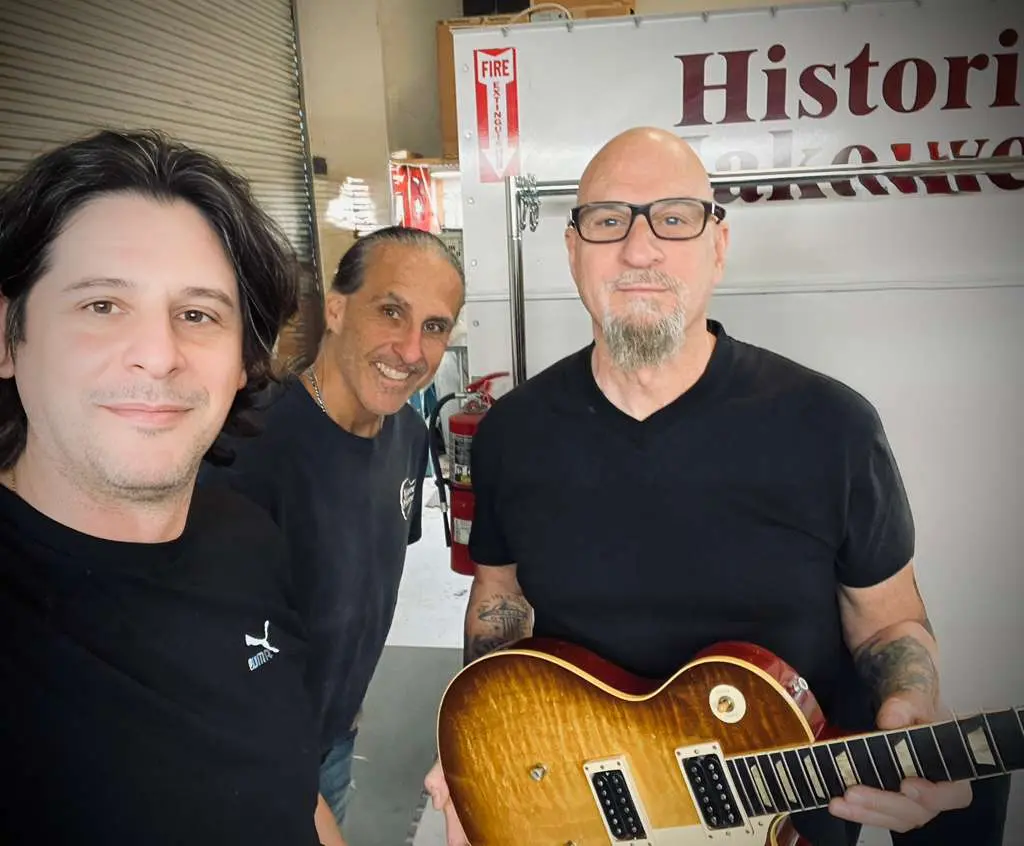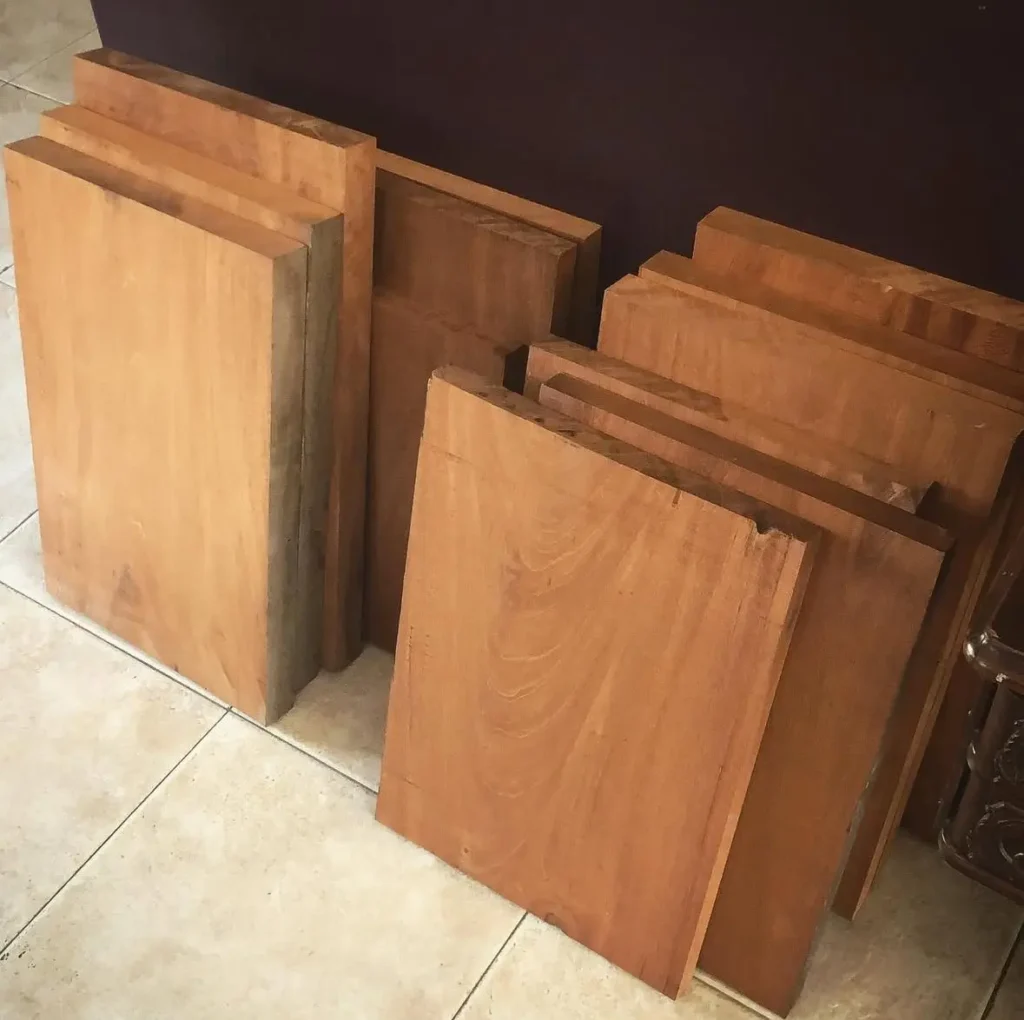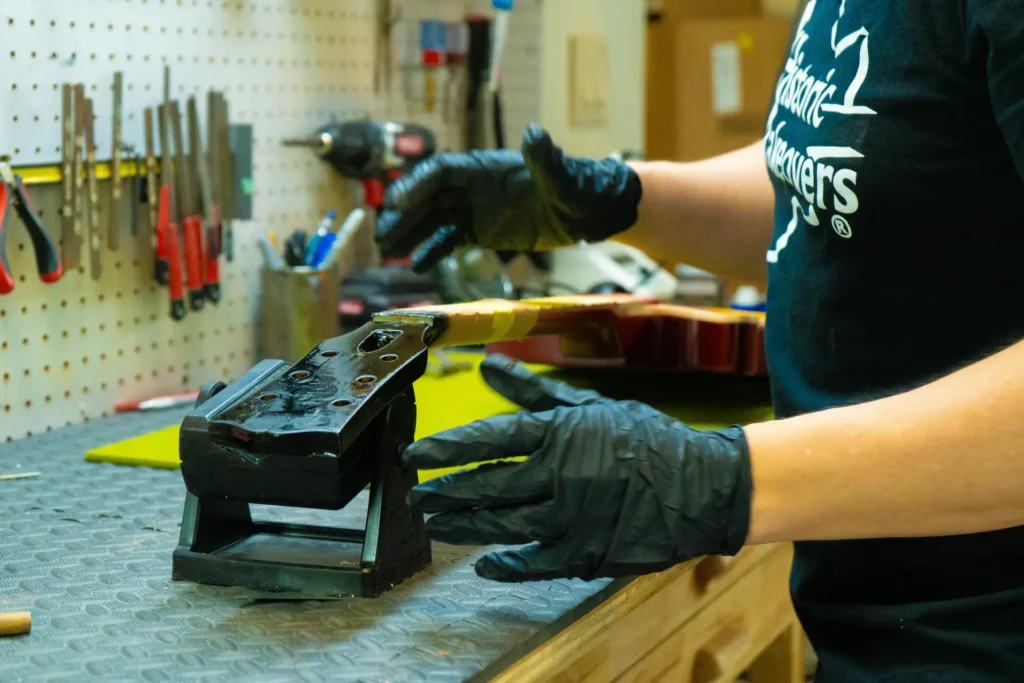From Argentina to Historic Makeovers: My Journey as a Luthier in the USA
Bringing My Guitars and My Passion to the United States When I left Argentina to come work in the United States, I brought more than just a suitcase with me. Inside that suitcase were two guitars I had started building back home, still unfinished and unpainted. I packed them disassembled: bodies on one side, necks on the other. I didn’t know what was going to happen, but one thing was certain—wherever I went, guitars would come with me. A Deep Respect for Vintage Guitars Once in the U.S., I started looking for my place. I had always admired Historic Makeovers, a world-renowned company dedicated to restoring and refinishing guitars with a traditional, vintage-correct approach. Their expertise in nitrocellulose lacquer finishes and golden-era techniques matched perfectly with my passion for preserving the authentic character of vintage instruments. Meeting Kim LaFleur and Building a Connection One day, I decided to reach out to Kim LaFleur. We started talking and, to my surprise, I found someone open, humble, and generous with his knowledge. That first conversation marked the beginning of a friendship that grew stronger with the years and opened the door to an extraordinary collaboration. From Collaboration to Full-Time at Historic Makeovers Little by little, we began to work together. He got to know the way I build guitars and really liked it, and I started supplying wood for some of Historic Makeovers’ restoration projects. Until one day, Kim asked me directly: “Would you like to work with us?” At that time, I was living in Miami and their shop was in Orlando. Professionally, it was an incredible opportunity, but personally it was a big move. It wasn’t just me—I had my family to think about. Moving to Central Florida to Follow a Dream I talked it over with my wife, Paula. We have young kids, and moving is always a big change. But if there was ever a perfect time to do it, it was then—right in the transition from daycare to kindergarten. So we said: let’s do it. We moved from South Florida to Central Florida. I continued with my own projects as a music producer and luthier, while becoming more and more involved with Historic Makeovers. The collaboration grew until Kim invited me to join the company full-time. Honoring Kim’s Legacy A few months after moving and joining the team, sadly, Kim passed away after a hard battle with cancer. It was a huge loss not only for his close ones, but for the entire music community. He was a true visionary. Together with the rest of the team, we embraced the responsibility of carrying Historic Makeovers forward, keeping it in the place it belongs and honoring Kim’s tradition and vision. Since then, I have been fully dedicated to guiding the company with the same values and passion that he inspired in all of us. Today, every guitar that leaves our shop is a tribute to that legacy—crafted with care, historical accuracy, and a love for vintage guitars.



